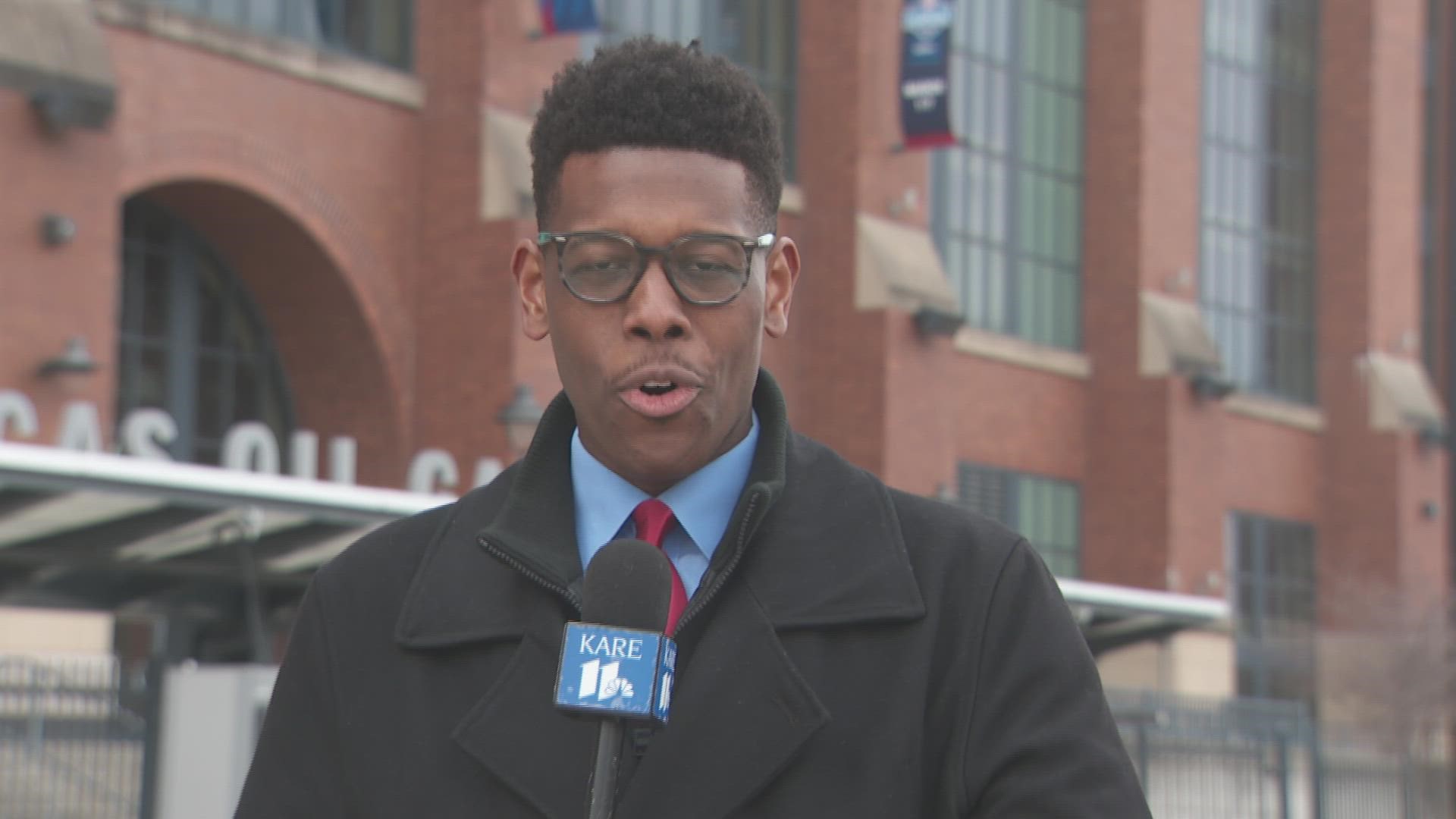INDIANAPOLIS, Indiana — Every year during the NFL Combine, prospects make waves with their 40-yard dash times, bench press and other drills. However, there’s another aspect to a player’s experience in Indianapolis that happens behind the scenes.
They go through exhaustive physical exams at Indiana University Medical Center, including scanning technology called Dexalytics.
Dexalytics measures body composition in health and human performance. It's based on more than 30 years of university research.
The technology measures distribution of fat and lean mass, as well as the ratios of distribution, enabling the ability to see how athletes move their body through space.
Dr. Donald Dengel is a professor in the University of Minnesota's School of Kinesiology. He helped develop and bring Dexalytics to Indianapolis to aid in each NFL team’s research.
“In the morning, when they get up, they'll have a report of everyone who had scans yesterday," Dr. Dengel said. "So they can kind of look through that body composition records to decide, 'Do I want to interview this player, or do I want to interview that player? Do we want to continue to move forward?'"
The technology was initially created to measure bone density, and has since evolved to become a critical tool for scouting prospective NFL athletes.
Although the science is advanced, as we know with scouting, it’s not exact.
“Like we always tell any of the general managers when we talk to them, this isn't going to be the tool that's going to help you select the player," Dr. Dengel said. "It may be one of the tools in your toolbox.”
Dr. Dengel and other researchers are talking to several NFL teams throughout the week of the combine to educate them about Dexalytics.
“Right now, there are 12 (teams) that use it and that's up from only one, four years ago," Dr. Dengel said. "So and as the teams get more and more used to seeing it, they're kind of like, 'this is maybe a possible investment that we want to do.'”
That investment will cost a team $80,000-100,000.
Watch more of Minnesota sports:
Watch the latest sports videos - from high school hockey to the Minnesota Vikings and everything in between - in our YouTube playlist:

